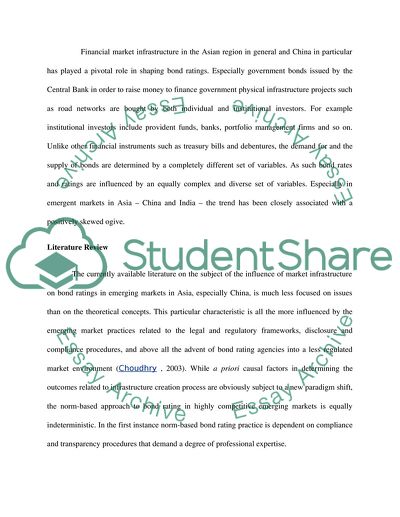Cite this document
(Financial Market Reform In China Essay Example | Topics and Well Written Essays - 3000 words, n.d.)
Financial Market Reform In China Essay Example | Topics and Well Written Essays - 3000 words. Retrieved from https://studentshare.org/marketing/1726444-examine-the-way-in-which-market-infrastructure-shape-bond-ratings-in-an-emerging-financial-market
Financial Market Reform In China Essay Example | Topics and Well Written Essays - 3000 words. Retrieved from https://studentshare.org/marketing/1726444-examine-the-way-in-which-market-infrastructure-shape-bond-ratings-in-an-emerging-financial-market
(Financial Market Reform In China Essay Example | Topics and Well Written Essays - 3000 Words)
Financial Market Reform In China Essay Example | Topics and Well Written Essays - 3000 Words. https://studentshare.org/marketing/1726444-examine-the-way-in-which-market-infrastructure-shape-bond-ratings-in-an-emerging-financial-market.
Financial Market Reform In China Essay Example | Topics and Well Written Essays - 3000 Words. https://studentshare.org/marketing/1726444-examine-the-way-in-which-market-infrastructure-shape-bond-ratings-in-an-emerging-financial-market.
“Financial Market Reform In China Essay Example | Topics and Well Written Essays - 3000 Words”, n.d. https://studentshare.org/marketing/1726444-examine-the-way-in-which-market-infrastructure-shape-bond-ratings-in-an-emerging-financial-market.


